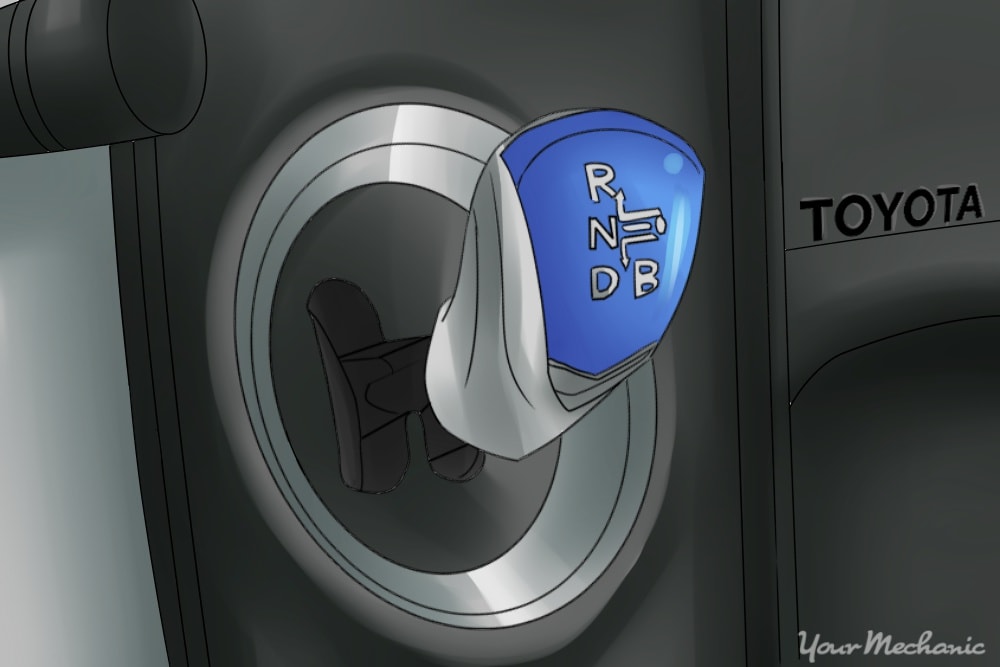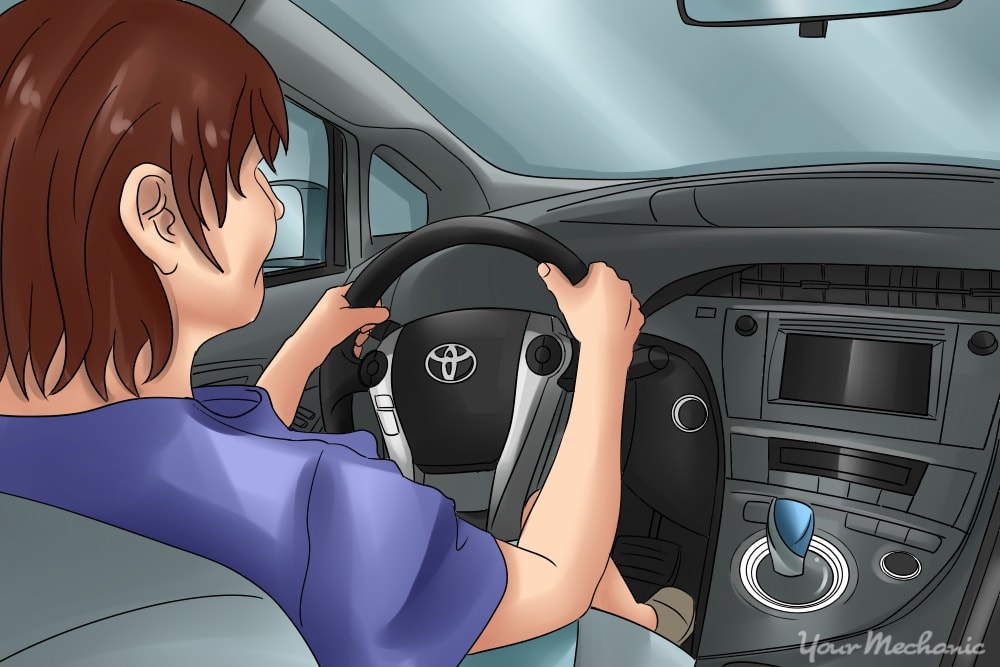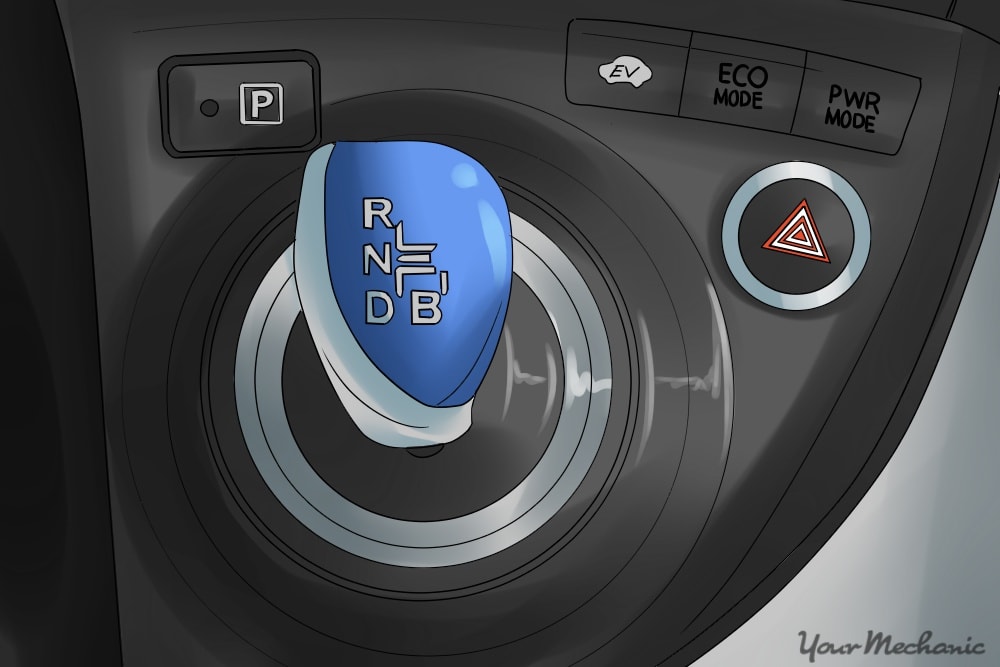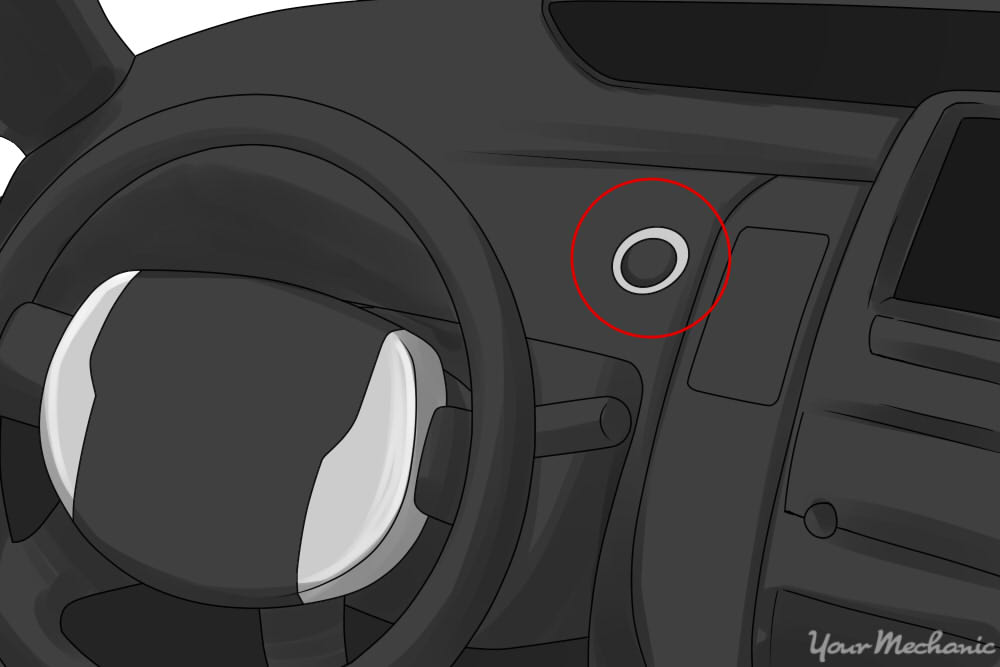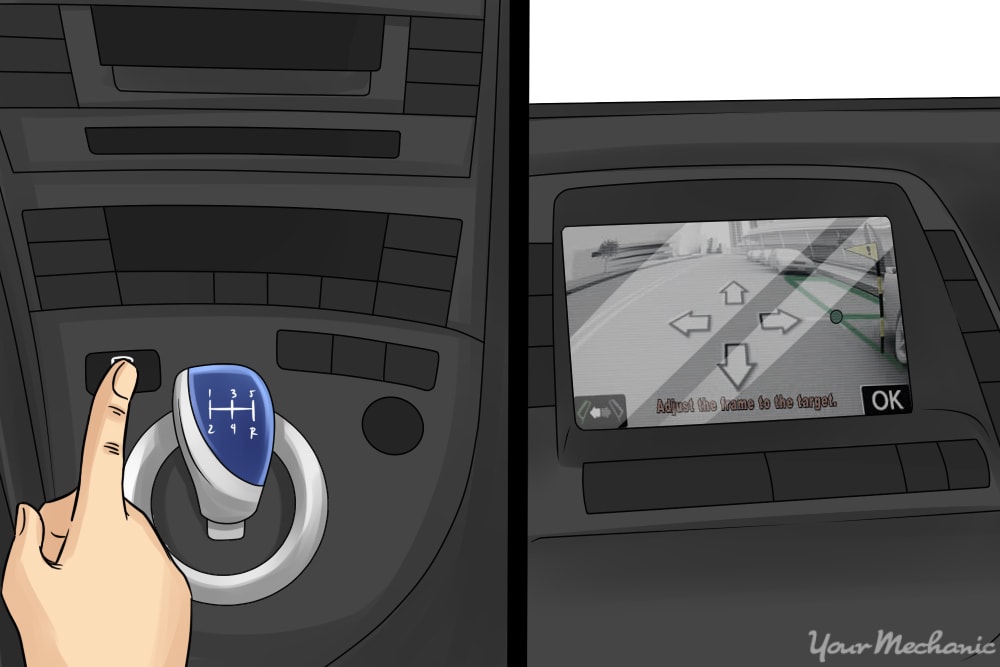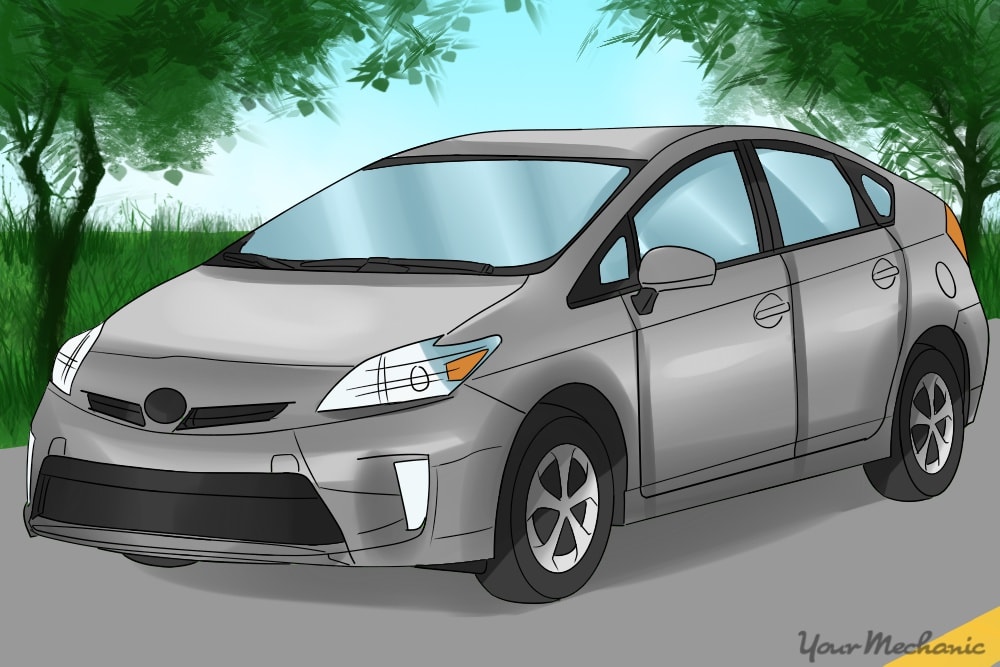

For someone who has never driven a Prius, it may feel a bit like stepping into the cockpit of an alien spaceship when sliding into the driver’s seat. That’s because the Toyota Prius is a hybrid electric car and functions just a little differently than your standard fuel-driven vehicle. Despite all the buttons and a futuristic looking gear shifter, driving a Prius really isn’t that different from the cars you are accustomed to driving down the road.
The Toyota Prius has a lot of features that make it a popular auto purchase choice. These include running less fuel, being eligible for tax breaks, and the model sometimes gets special parking privileges in certain states due to its hybrid status. Taking advantage of all the Prius’ features, with the parking privileges especially in mind, can be a bit confusing to new Prius drivers, however. Fortunately, it is relatively simple to learn how to park one of Toyota’s most beloved auto creations.
Part 1 of 5: Start the ignition
Some Toyota Priuses use a key to start the engine, but many of these models are keyless in nature. If you have a key, insert it into the ignition’s keyhole as you would a regular car and turn it to start the engine. If your Prius is keyless, however, you will need to follow a different method.
Step 1: Push the start button. Depress and hold down the brake pedal, then press the button marked “Engine Start Stop” or “Power,” depending on your Prius’ year model. This will start the engine, and a red light will illuminate on the button you pressed.
The Toyota Prius is designed not to start when your foot is off the brake, to prevent you from starting the car and immediately hurtling forward or backward, putting you at risk of a collision.
Part 2 of 5: Put the Prius in the appropriate gear
Step 1: Push down the parking brake. If the parking brake is engaged because the Prius is parked on an incline, depress the parking brake to release it.
Put the Prius in the gear you need by manually moving the joy-stick style shifter toward the appropriate letter, which represents a particular gear.
For standard driving purposes, you should only use Reverse [R], Neutral [N], and Drive [D]. To reach these gears, move the handle to the left for Neutral and then up for Reverse or down for Drive.
- Note: The Prius has another option, which is marked “B” for Engine Brake Mode. The only time a Prius driver should use Engine Brake Mode is when traveling down a steep incline, such as down a mountain, and there is a risk of the brakes overheating and failing. This mode is very rarely necessary, and it is possible you will never use it the whole time you’re a Toyota Prius driver.
Part 3 of 5: Drive it like a regular car
Once you start your Prius and have it in the gear you need, it drives in the same manner as a regular car. You press the accelerator pedal to go faster and the brake to stop. In order to turn your vehicle right or left, you simply turn the steering wheel.
Refer to the dashboard to see your speed, fuel levels, and other helpful information to aid you in making navigation decisions.
Part 4 of 5: Park your Prius
Once you have reached your final destination, putting your Prius in park is a lot like starting it.
Step 1: Turn your blinker on when you near an empty parking space. As you would do when parking any other type of car, pull up approximately one car’s length past the open space you wish to occupy.
Step 2: Lightly press the brake pedal to slow the car as you steer into the space. Back your Prius into the open parking space slowly and make any adjustments necessary to straighten the car to where it is parallel with the curb.
Step 3: Fully depress the brake pedal to come to a stop. With the brakes fully engaged, you ensure you won’t drift out of place in your parking spot and cause a collision with any cars in front or behind you.
Step 4: Press the Engine Start/Stop button. This stops the engine and places it in Park, which allows you to safely get out of your car. With it properly parked, your Prius stays securely in that spot until you are ready to drive it again.
Part 5 of 5: Parallel park your Prius
Parking a Prius in a standard parking space is not much different than parking any other vehicle. When it comes to parallel parking, however, the Prius offers tools to make this task easier, although you are not required to use them. Intelligent Parking Assist, however, takes all the guesswork out of the often challenging job of parallel parking and is generally deemed safer than manual attempts at the task.
Step 1: Turn your blinker on as you approach a free parallel parking spot. This lets any other drivers behind you know that you intend to park, so they can allow you the room you need to maneuver into the open parking space.
Step 2: Engage the Intelligent Parking Assist feature. Press the button with a “P” marking on it that is located to the lower right of the Engine Start/Stop button and the steering wheel. This turns on the Intelligent Parking Assist feature.
Step 3: Look at the screen in the center of your dashboard to verify the parking spot you see is large enough to park your Prius. Viable parallel parking spaces are marked with a blue rectangle to indicate the are both empty and large enough to accommodate your car.
Step 4: Follow the instructions on the screen in the center of your Prius dashboard. The screen will display instructions about how far to pull up past the parking space, when to stop, and other essential information to safely park your car. You will not need to operate the steering wheel because the program does the steering for you. Just keep your foot lightly on the brake, tapping it as instructed by the information on the dashboard’s screen.
Step 5: Push the Engine Start/Stop button once parking is complete. This stops the engine and puts its gear in Park, so you can exit your Prius.
- Tip: If your Prius is equipped with Self Park instead of Intelligent Parking Assist, simply engage the Self Park feature, and it will park your car for you with no further effort on your part.
As a new Prius driver, there is a bit of a learning curve to its proper operation. Fortunately, that curve is not steep, and it does not take long to get the basic operation of a Prius down. If you have any hesitation, however, take some time to watch some instructional videos, ask a Prius dealer or certified mechanic to show you what to do.



